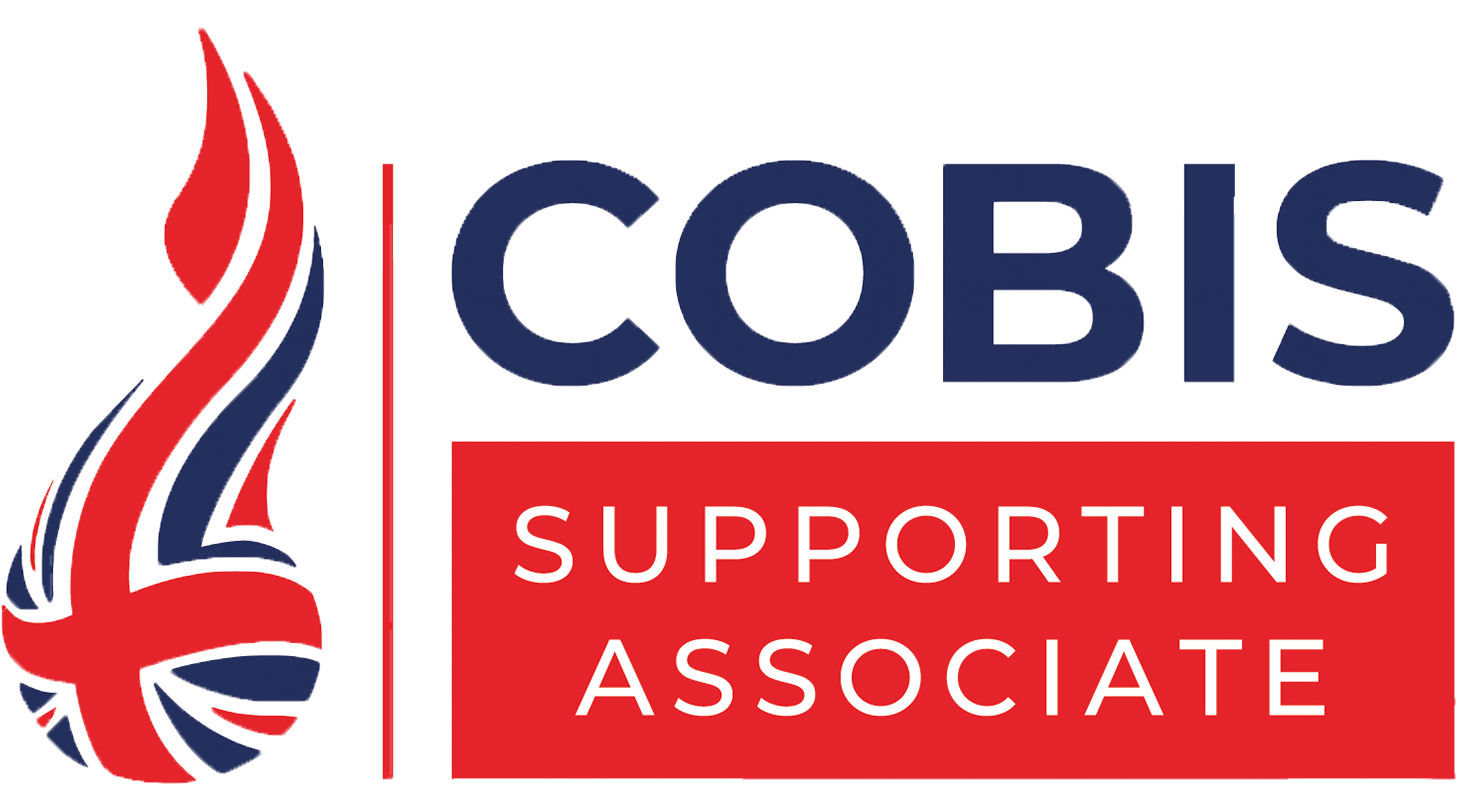School Environment and Leadership
Part of the Great Teaching Toolkit
Summary
The School Environment and Leadership survey is a tool to provide feedback to school leaders on the school-level factors that evidence suggests are our current best bets for school leaders to attend to in order to promote students’ learning.
The survey is based on the Model for School Environment and Leadership set out in the School Environment and Leadership: Evidence Review.
What else is included alongside the School Environment and Leadership survey?
Assessment Lead Programme
Science of Learning Programme
Behaviour and Culture Programme
Creating a supportive environment
Maximising opportunity to learn
Structuring
Explaining
Questioning
Interacting
Embedding
Activating
An evidence-based approach to Great Teaching

Teacher feedback tool






